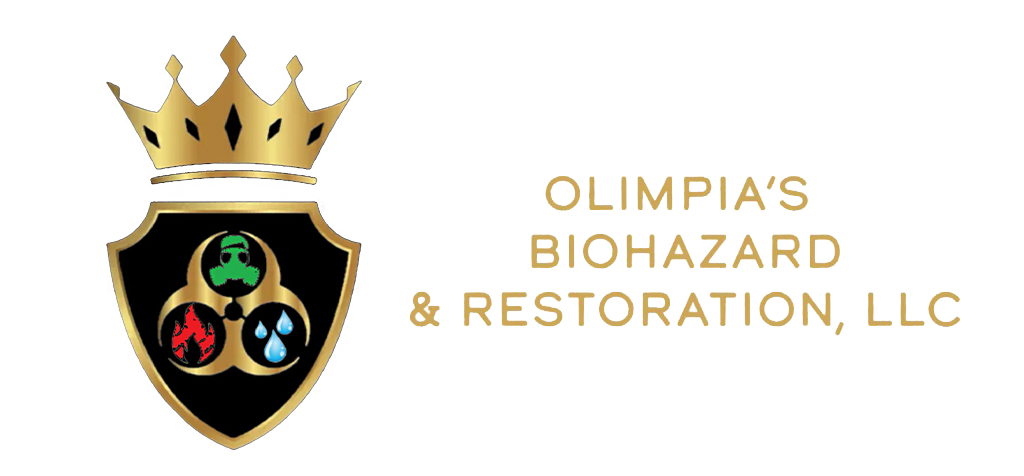Mold is a common problem that affects homes and buildings worldwide. It not only damages the structural integrity of the property but also poses significant health risks to its occupants. Preventing mold growth requires a multi-faceted approach, and one crucial aspect is proper ventilation. In this article, we will explore the role of ventilation in mold prevention and understand how it contributes to maintaining a healthy indoor environment.
Understanding the crucial role of ventilation in preventing mold growth. Contact Olimpia’s Biohazard and Restoration LLC for expert solutions.
Understanding Mold and its Causes:
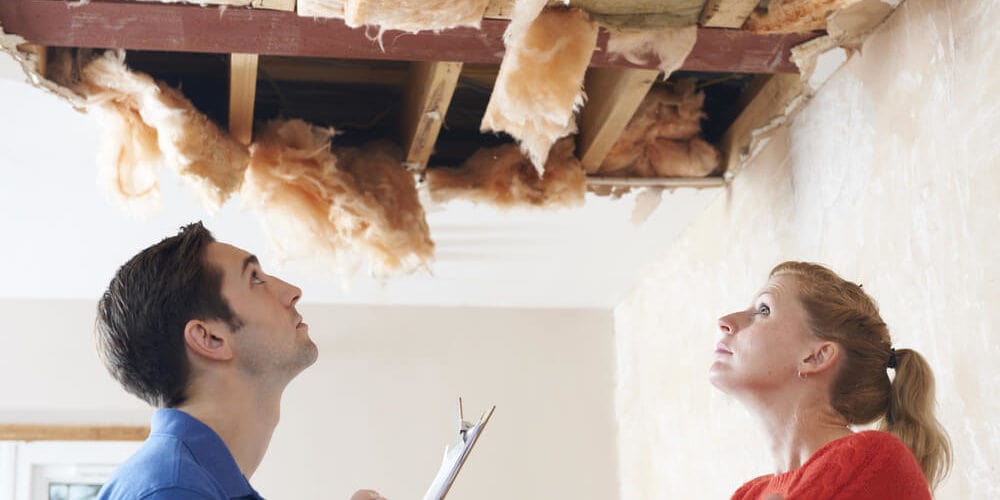

Mold is a type of fungus that thrives in damp and humid environments. It reproduces by releasing spores into the air, which can easily spread and settle on various surfaces. These spores, when combined with moisture, create an ideal breeding ground for mold growth. Common causes of excessive moisture in buildings include poor construction, leaks, inadequate insulation, condensation, and high humidity levels. To combat mold effectively, it is essential to control and minimize these moisture sources.
Ventilation as a Mold Prevention Strategy:
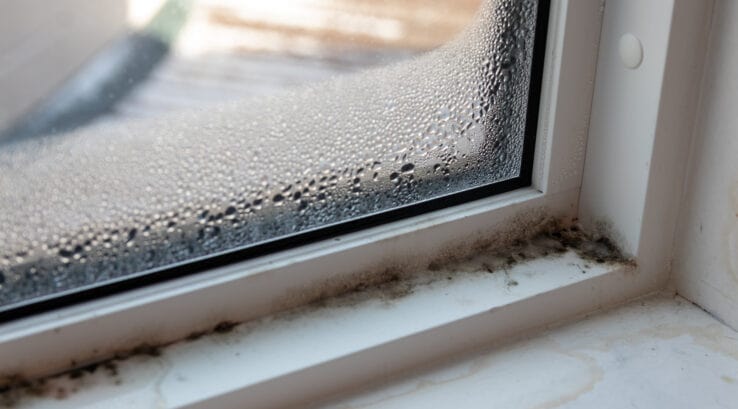

Ventilation plays a crucial role in preventing mold growth by controlling the moisture levels in a building. It helps to remove excess moisture from the air and improves air circulation, thus reducing the likelihood of mold spores settling on surfaces. Proper ventilation also aids in drying out damp areas and preventing condensation, which can lead to mold formation.
Types of Ventilation Systems:
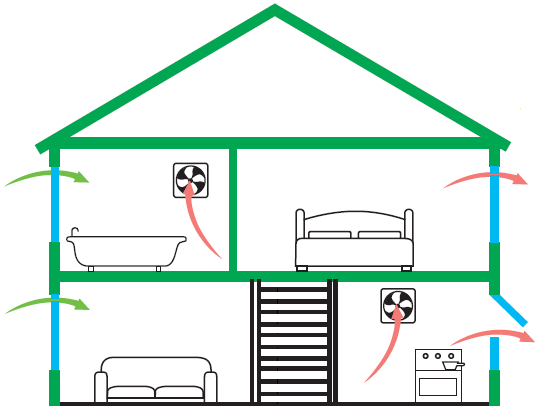

1)Natural Ventilation:
Natural ventilation refers to the process of allowing fresh air to enter and circulate within a building through open windows, doors, and other openings. It relies on natural air pressure differences and wind to facilitate airflow. While natural ventilation is cost-effective and environmentally friendly, it may not be sufficient for adequate mold prevention in areas with high humidity levels or during certain weather conditions.
2) Mechanical Ventilation:
Mechanical ventilation involves the use of fans, exhaust systems, and air purifiers to control indoor air quality and moisture levels. It can be classified into two main types:
a) Exhaust Ventilation
Exhaust ventilation systems remove moisture-laden air from areas prone to high humidity, such as kitchens, bathrooms, and laundry rooms. By expelling humid air to the outside, these systems prevent it from circulating and causing mold growth.
b)Supply Ventilation:
Supply ventilation systems bring in fresh outdoor air and distribute it throughout the building. This helps dilute indoor pollutants, control humidity levels, and maintain proper airflow. Supply ventilation can be combined with exhaust ventilation to create a balanced system that effectively prevents mold growth.
Benefits of Proper Ventilation in Mold Prevention:
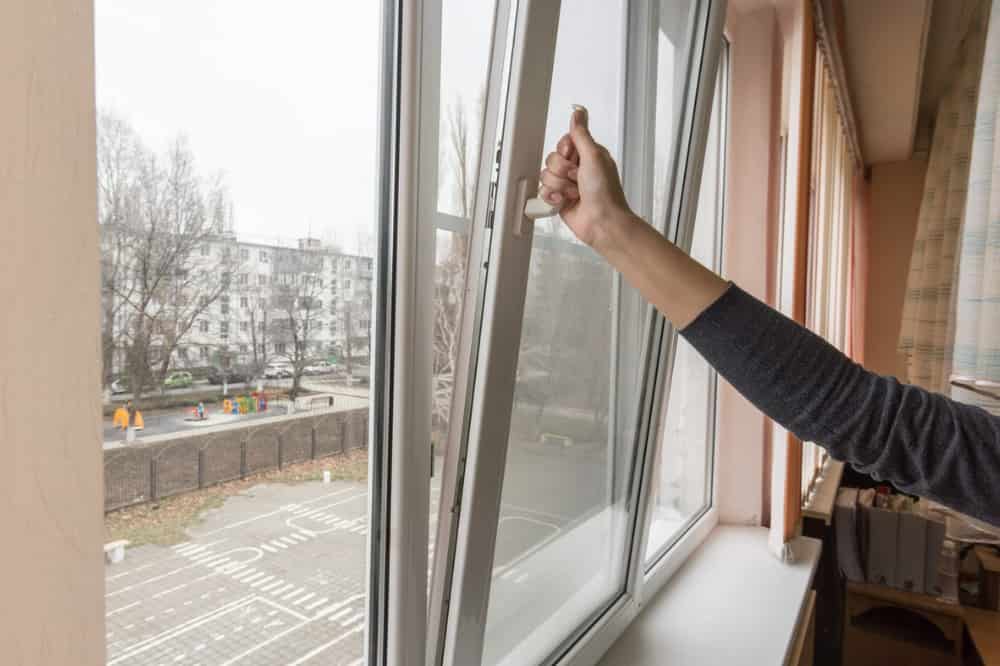

1) Moisture Control:
Proper ventilation helps to control moisture levels, reducing the chances of mold formation. By removing excess humidity and preventing condensation, ventilation systems create a drier environment that inhibits mold growth.
2) Improved Air Quality:
Ventilation systems improve indoor air quality by removing pollutants, allergens, and stale air. This promotes a healthier living environment and reduces the risk of respiratory issues and allergic reactions caused by mold spores.
3) Enhanced Comfort:
Effective ventilation ensures optimal air circulation, creating a more comfortable indoor environment. Proper airflow helps regulate temperature and prevents the feeling of stuffiness or humidity, contributing to occupants’ overall well-being.
4) Energy Efficiency:
While ventilation systems require energy to operate, they can contribute to energy efficiency when properly designed and implemented. Energy recovery ventilators (ERVs) and heat recovery ventilators (HRVs) are examples of systems that transfer heat and humidity between incoming and outgoing air streams, minimizing energy wastage.
5)Improved Comfort and Well-being:
Another significant benefit of proper ventilation in mold prevention is the enhancement of overall comfort and well-being for the occupants of a building.
Stagnant and poor-quality indoor air can lead to discomfort, stuffiness, and unpleasant odors. It can also contribute to the accumulation of indoor pollutants, such as volatile organic compounds (VOCs), allergens, and airborne particles. These factors can negatively impact the occupants’ health and well-being, causing symptoms such as headaches, respiratory issues, allergies, and fatigue.
Get professional mold remediation services with Olimpia’s Biohazard and Restoration LLC for a safe and clean environment.
Effective ventilation systems help to remove stale air, pollutants, and odors from the indoor environment. By continuously exchanging indoor air with fresh outdoor air, ventilation promotes a healthier and more pleasant living or working space. It helps to dilute and remove harmful substances, improving the overall indoor air quality.
Related Blogs:
Tips for Fire remediation and mold prevention
FAQS:
Why is ventilation important in mold prevention?
Proper ventilation helps to control moisture levels, remove excess humidity, and improve air circulation. By reducing moisture and preventing condensation, ventilation systems create an environment that is less favorable for mold growth, thus playing a crucial role in mold prevention.
Learn about factors influencing mold removal costs. Trust Olimpia’s Biohazard and Restoration LLC for efficient and cost-effective services.
Can natural ventilation alone prevent mold growth?
While natural ventilation can help in certain situations, it may not be sufficient to prevent mold growth, especially in areas with high humidity levels or during unfavorable weather conditions.
Which areas of a building require special attention regarding ventilation for mold prevention?
Areas prone to moisture accumulation, such as bathrooms, kitchens, laundry rooms, basements, and crawl spaces, require special attention when it comes to ventilation for mold prevention. These areas often have higher humidity levels and limited airflow, making them more susceptible to mold growth.
How does ventilation contribute to energy efficiency in addition to mold prevention?
Properly designed and installed ventilation systems, such as energy recovery ventilators (ERVs) or heat recovery ventilators (HRVs), can recover and transfer heat and humidity from outgoing air to incoming fresh air. This process helps regulate indoor temperature and humidity levels, reducing the workload on HVAC systems and improving energy efficiency.
Can ventilation completely eliminate the risk of mold growth?
While proper ventilation is a critical component of mold prevention, it is important to remember that mold can still develop under certain conditions. To minimize the risk of mold growth, it is essential to address all potential moisture sources, maintain proper ventilation, and monitor indoor humidity levels regularly.
Conclusion:
Proper ventilation plays a vital role in preventing mold growth and maintaining a healthy indoor environment. By controlling moisture levels, improving air circulation, and reducing condensation, ventilation systems significantly minimize the risk of mold formation. Whether through natural or mechanical means, ensuring adequate ventilation in buildings is essential for the well-being, structural integrity, energy efficiency, comfort, and overall satisfaction of the occupants.
Ventilation systems help to control humidity levels, removing excess moisture from the air and preventing condensation. This creates a drier environment that inhibits mold growth, ultimately protecting the building’s structural components from damage. Additionally, proper ventilation improves indoor air quality by removing pollutants, allergens, and stale air, promoting a healthier living environment and reducing the risk of respiratory issues and allergic reactions caused by mold spores.
In a nutshell, proper ventilation is a key component in the prevention of mold growth and the maintenance of a healthy indoor environment. It offers numerous benefits such as mold prevention, improved air quality, energy efficiency, structural integrity, and enhanced comfort. By implementing effective ventilation strategies and maintaining proper airflow, building owners and occupants can create a mold-free and pleasant living or working environment that promotes well-being and supports a healthier lifestyle.
